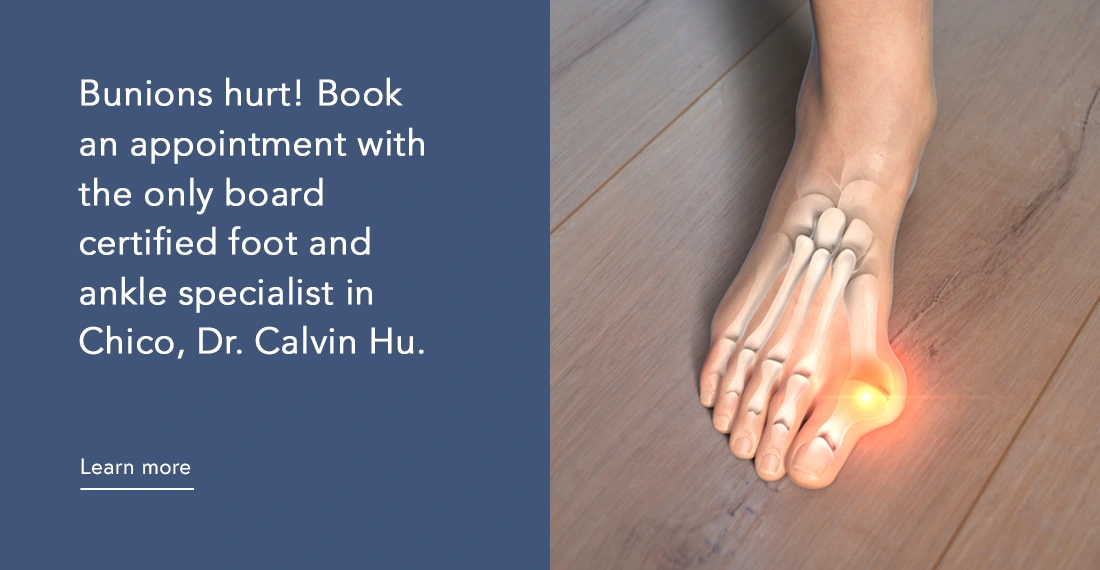Distal Humerus Fracture of the Elbow
The elbow is a hinge joint, allowing you to bend and straighten your arm, as well as rotate your forearm (turn your hand palm up or palm down). Your elbow joint is made up of three bones. The upper arm bone (humerus) is a long bone that runs from the shoulder and scapula (shoulder blade) to the elbow. The radius and ulna bones make up the forearm.
Portions of all three bones come together to form the elbow. The distal humerus is the lower end of the humerus. It forms the upper part of the elbow and allows you to bend and straighten your forearm. The end of the radius has a bulbous head where it meets the elbow (radial head). The olecranon is the bony prominence of the ulna. It “cups” the lower end of the humerus, creating a hinge for elbow movement.
Your radial head moves against your distal humerus and rotates around your ulna, allowing you to bend your arm and turn your wrist up or down.
Ligaments on the inside of the elbow (medial collateral ligament) and outside of the elbow (lateral collateral ligament) hold the radius and ulna tightly together to provide stability. Another important ligament (annular ligament) holds the radial head tightly against the ulna.
Fractures to the arm bone are classified by location of the break. A proximal humerus fracture is a break close to the shoulder joint, while a humerus shaft fracture is localized at the mid portion of the upper arm.
What is a Distal Humerus Fracture?
A distal humerus fracture is a break in the lower end of the humerus involving one of the three bones that come together to form the elbow (humerus, radius, or ulna). A fracture in this location can be painful and lead to limited range of motion, preventing you from flexing or extending your elbow. A distal humerus fracture is uncommon, accounting for approximately 2 percent of fractures in adults.
When a fracture happens, it is classified as open or closed. If the fractured bone pierces the skin and is exposed, this is known as an open fracture. Your distal humerus fracture may be described as non-displaced or displaced. In a non-displaced fracture, the bone is broken but does not shift out of place. If the pieces of broken bone are out of alignment and a gap forms around the fracture, this is referred to as a displaced fracture.
Causes of Distal Humerus Fracture
A distal humerus fracture is often the result of a high-energy event, such as:
- Falling directly on the elbow
- Receiving a direct blow to the elbow from something hard, such as during a sports injury or vehicle collision
- Falling on an outstretched arm with the elbow held tightly to brace against the fall. This causes the ulna to drive into the distal humerus with enough force for it to fracture.
In older patients with conditions such as osteoporosis, a humerus fracture can happen after a minor fall because the bones are weaker.
Symptoms of Distal Humerus Fracture
When you have a fracture of the distal humerus, you will have severe pain and you may not be able to flex or extend your elbow.
Other signs and symptoms of a fracture may include swelling, bruising, and stiffness. The bruised area and surrounding skin may be tender to touch. A feeling of instability or looseness in the elbow joint that may cause the joint to catch, pop, or slide out of place.
Diagnosis of Distal Humerus Fracture
Since a fracture to the distal humerus is so painful and often due to a fall, you will typically be seen in an urgent care or emergency room. Your healthcare provider will discuss your medical history and symptoms with you. Then, they will physically examine your elbow to check for open wounds, and to make sure the nerve endings and blood vessels are working properly. Your doctor will order x-rays of your elbow to help diagnose your fracture.
In cases where surgery is not indicated, such as in patients who have osteoporosis or if the fracture is very minor, treatment might include a splint or a cast. Most distal humerus fractures need surgery. If the fracture is complicated, such as an open fracture or is broken in more than one place (comminuted fracture), you may need to have surgery immediately.





